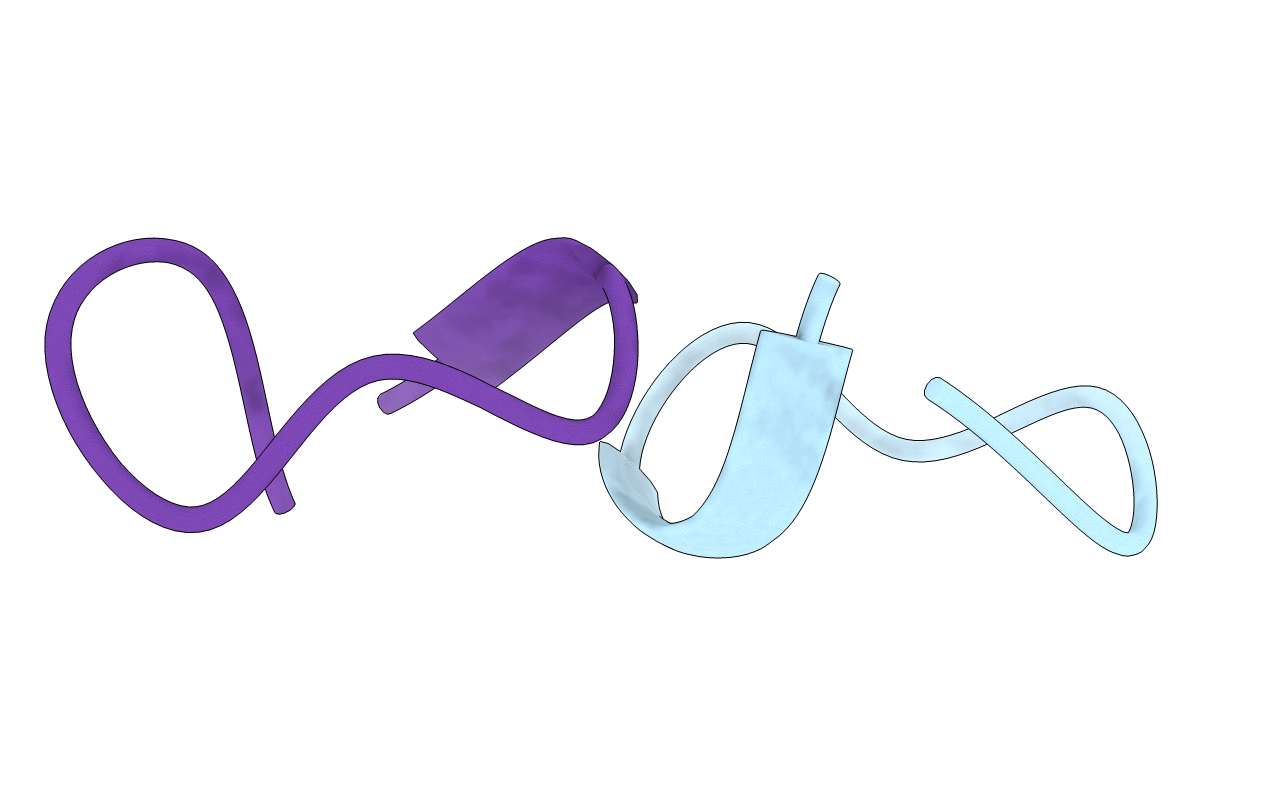
Deposition Date
2018-05-31
Release Date
2018-11-07
Last Version Date
2024-11-20
Entry Detail
PDB ID:
6DKY
Keywords:
Title:
Crystal structure of ribifolin, an orbitide from Jatropha ribifolia
Biological Source:
Method Details:
Experimental Method:
Resolution:
1.24 Å
R-Value Free:
0.22
R-Value Work:
0.19
R-Value Observed:
0.19
Space Group:
P 2 21 21


